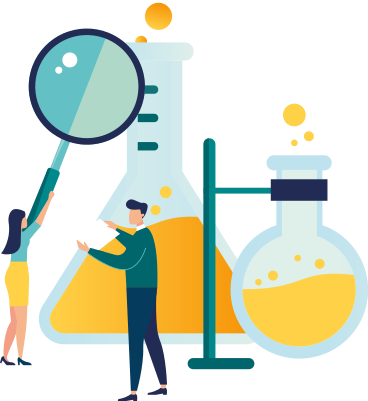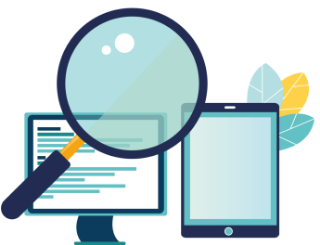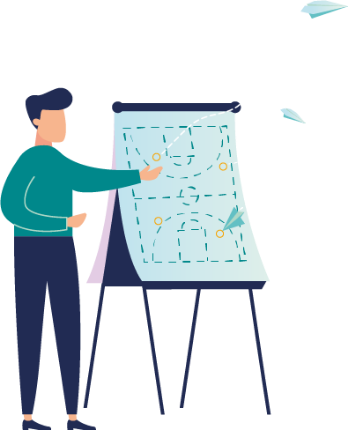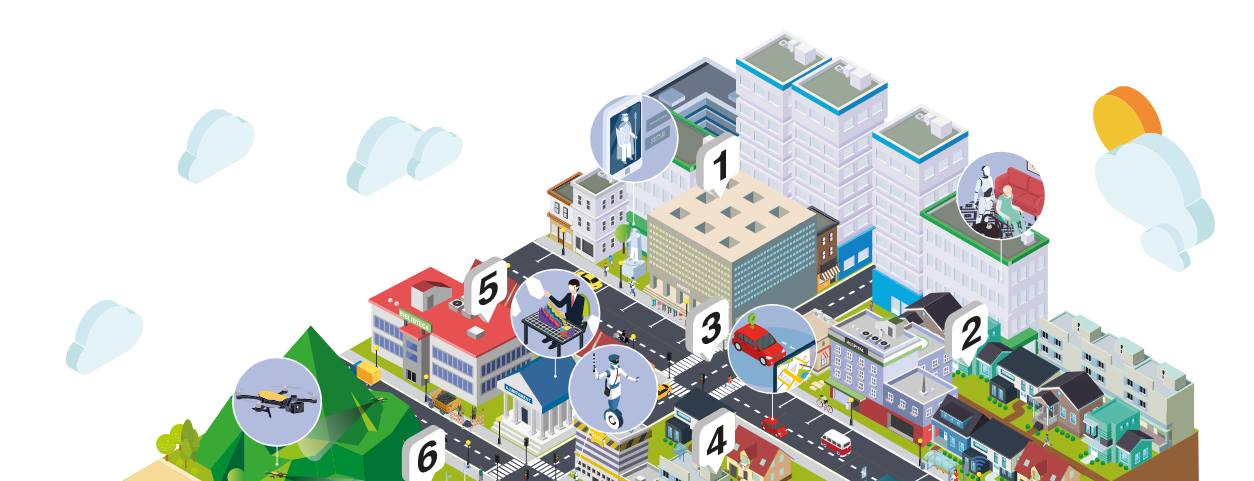AOC laboratory
Making the Administration of Tomorrow a reality today
Innovation is one of the most powerful tools that public administration has to adapt to the accelerated change process in which society is immersed; a digital revolution that generates new problems, interests and challenges.

What do we want to achieve?
Increase user satisfaction and confidence in public services, establish common criteria in terms of method, rigor, scalability and public savings.

Increase user satisfaction and trust in digital public services
We look for new ideas, technologies and processes that allow us to build quality digital public services, more efficient, effective and sustainable, that respond to the new needs and expectations of citizens.

Offer cutting-edge solutions
We solve problems and challenges by working creatively and collaboratively, using approaches out of the box and involving the different actors of society in the search for the best solutions (the academic world, companies, citizens,...)

Define criteria and standards for digital transformation
We help administrations to improve their capacity for innovation by providing training, conferences, workshops and consultancy. We prototype and test the proposals so that they can be implemented minimizing the risks inherent in any transformation process.
Challenges and projects
Innovation is an activity that cannot be left to improvisation or chance. It must be planned and always directed towards the achievement of a specific objective.
For this reason, our starting point is to clearly define what is the public challenge we want to solve and make sure that there is a real need or demand in this area.
Our recipe for innovation
In order to come up with innovative solutions that are viable and likely to be translated into real projects, you need to apply a method, a recipe or way of doing things.
These are the essential ingredients of our recipe for innovation in digital public services:

The people, first
Let's follow the philosophy citizen centric or people-centered services. To design public services by putting citizens at the center, we carry out a set of actions, such as promoting processes of collective creativity to solve challenges, asking for proposals for improvement and conducting satisfaction surveys of the people who use the services.
Evidence in the data
We take advantage of the set of data we have to detect problems, needs and evaluate the operation of digital public services, in order to be able to clearly identify the challenges we face, detect unwanted impacts, failure to meet expectations and/or make improvements when it is necessary.


Supported by technology
We are looking for technologies and digital tools that allow us to build quality, efficient, efficient and sustainable public services that meet the needs and expectations of people.
Learning the best methodologies
We use methodologies such as Design thinking, Lean, Agile, Service design or the systemic approach to create/rethink processes and digital public services capable of having a real impact on society.
We are preparing a Catalog of Public Innovation Resources that will collect the main methodologies, techniques and dynamics useful for innovating in the public sector, with the premise that they have been tested and validated by local administrations.

Observatory of the opportunities of disruptive technologies in the local world
Real cases of how artificial intelligence, big data, robotics, blockchain, 3D printing or other technologies are revolutionizing today by local authorities.

